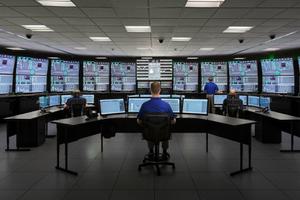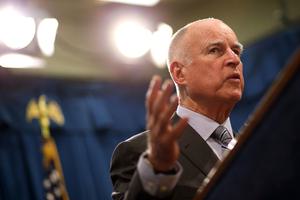In Solutions
Energy
-
Exploring How and Why Trees ‘Talk’ to Each Other
Ecologist Suzanne Simard has shown how trees use a network of soil fungi to communicate their needs and aid neighboring plants. Now she’s warning that threats like clear-cutting and climate change could disrupt these critical networks.
-
Wildlife Farming: Does It Help Or Hurt Threatened Species?
Wildlife farming is being touted as a way to protect endangered species while providing food and boosting incomes in rural areas. But some conservation scientists argue that such practices fail to benefit beleaguered wildlife.
-
The New Green Grid: Utilities Deploy ‘Virtual Power Plants’
By linking together networks of energy-efficient buildings, solar installations, and batteries, a growing number of companies in the U.S. and Europe are helping utilities reduce energy demand at peak hours and supply targeted areas with renewably generated electricity.
-
Sticker Shock: The Soaring Costs Of Germany’s Nuclear Shutdown
German Chancellor Angela Merkel’s 2011 decision to rapidly phase out the country’s 17 nuclear power reactors has left the government and utilities with a massive problem: How to clean up and store large amounts of nuclear waste and other radioactive material.
-
How Growing Sea Plants Can Help Slow Ocean Acidification
Researchers are finding that kelp, eelgrass, and other vegetation can effectively absorb CO2 and reduce acidity in the ocean. Growing these plants in local waters, scientists say, could help mitigate the damaging impacts of acidification on marine life.
-
Floating Solar: A Win-Win for Drought-Stricken Lakes in U.S.
Floating solar panel arrays are increasingly being deployed in places as diverse as Brazil and Japan. One prime spot for these “floatovoltaic” projects could be the sunbaked U.S. Southwest, where they could produce clean energy and prevent evaporation in major man-made reservoirs.














